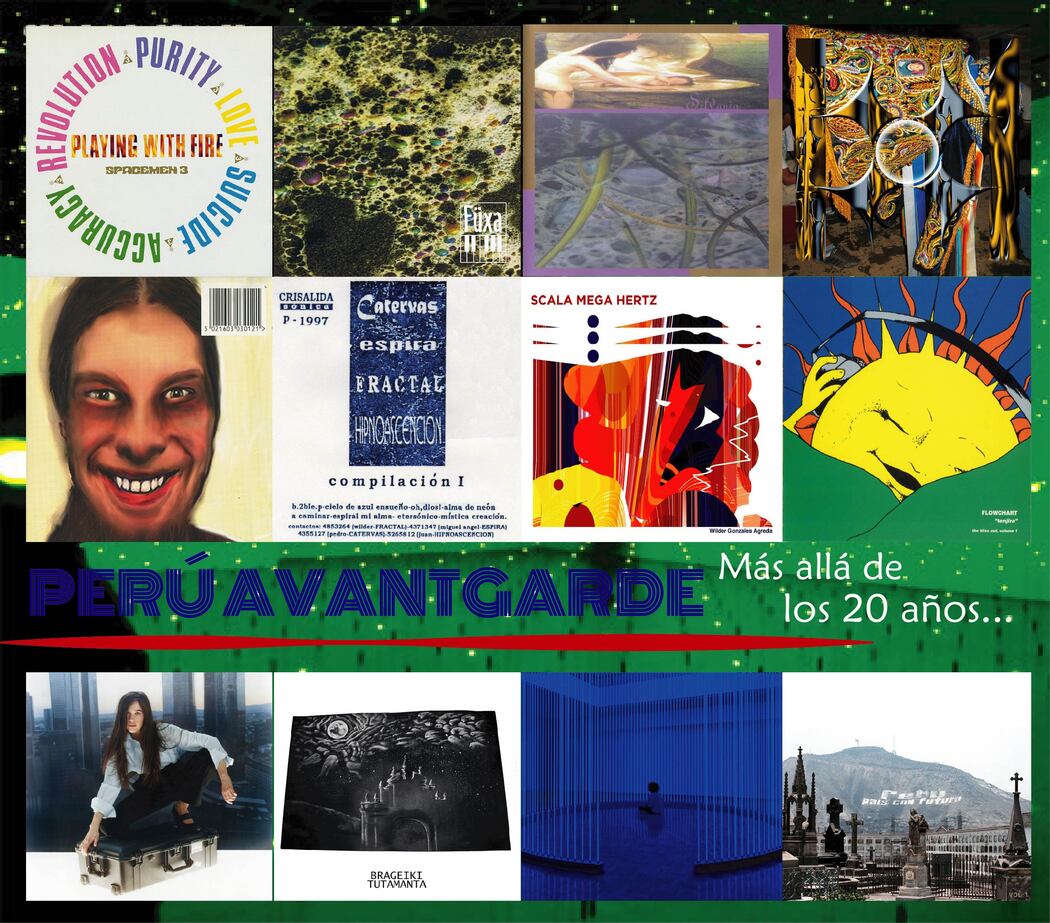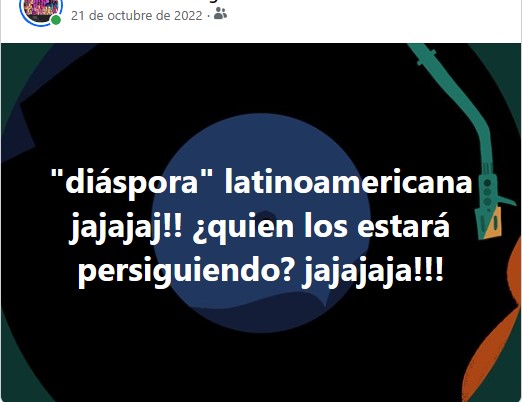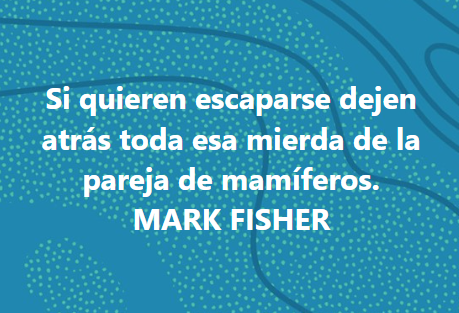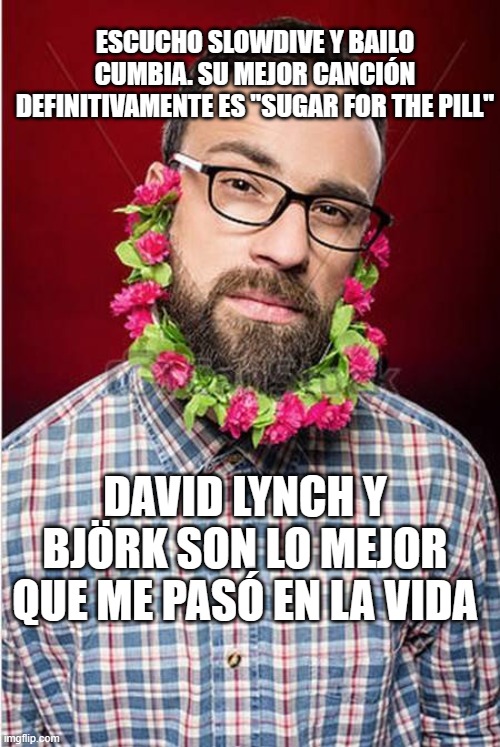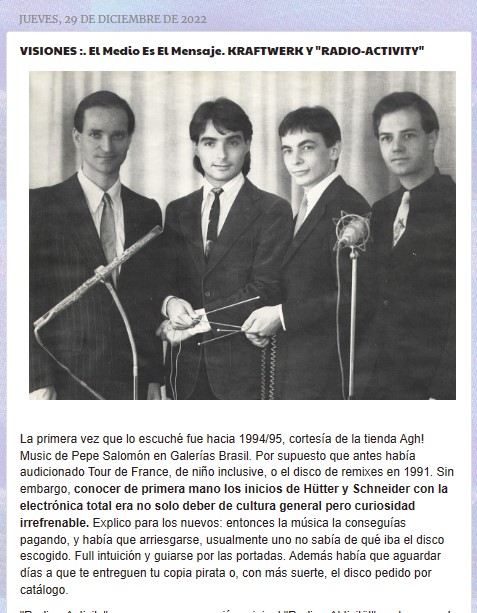Janneke Van der Putten en vivo en Independencia, Lima Norte - Foto por MARCO CORIA
The element of the sun is a symbol of time and is connected to the transitions of night to day, and day to night. I began considering the sunlight as a fundamental phenomenon and, in 2012, started working on the project ‘All Begins With A: inspired by the SUNRISE’ (2012 – ongoing). By investigating the sunrise as a daily moment of transformation, I began understanding the solstice both in a physical and cognitive sense. It is a day in the year that is a point of no return: when time changes direction and the days become shorter or longer. The first intervention I made on a solstice was in a cold, snowy part of the world on 21 December 2013. On the same date in 2014, I was taken to a coastal desert near Casma, 5 hours north of Lima. It was the summer solstice, the longest day of the year.
I was facing the sun, holding a linen shawl in the wind, and intoning sounds: the voice vibrating in prolonged and broken tones with changing microtones. I was breathing slowly, surfing on the landscape’s subtle noise and weaving through silences.
The ‘Directed to the Sun’ performances celebrate factors that can be understood in the moment of the experience. During the on-site actions, the material’s physicality allows our senses to provide perceptions yet to be conceptualised. I used textiles to highlight the interplay of the landscape and the wind’s movement. Holding the textiles, with my arms stretched-out in front of me while singing, sometimes these airborne surfaces became walls, creating an acoustic space that influenced the sound. Flowing into the air, the textiles can also be seen as the embodiment of the voice. Christian Galarreta, an artist and acoustic researcher from Peru, relates the textiles to historical engravings and images, where trails leaving the mouth represent sound, blood, smoke, and vital energy.
When these textile objects are exhibited, they become residues of acoustic experiences and can be interpreted as ‘non-acousmatics’: we can see them, but cannot hear them.
Janneke van der Putten, 2015
From November 2014 to February 2015, I went to Peru and Chile to pursue my artistic interests within the context of different physical environments and living communities: choirs, local colleagues and inhabitants, and artisans.
In the winter of 2013–14, after a residency on the quiet island of Vassivière in France, I experienced landscapes at other extremes in South-America, from coastal desert to lowland jungle, and from urban chaos to mountain valleys and arid high plains. I was confronted with new realities, pressured ecology, the presence of colonial history, and remnants of ancient civilisations. The expressive celebrations I witnessed were fascinating, with colourful textiles and music. I became very interested in how Peruvian cultures use textiles, how this use is connected to plants, herbs, and flowers as energetic elements in rituals, their relationship to voiced practices, and 'places of power'*. Locations and spaces can be appreciated for their poetic potential: finding the energy of an environment. This can happen when sounds fill a space and the space starts to sing back.
